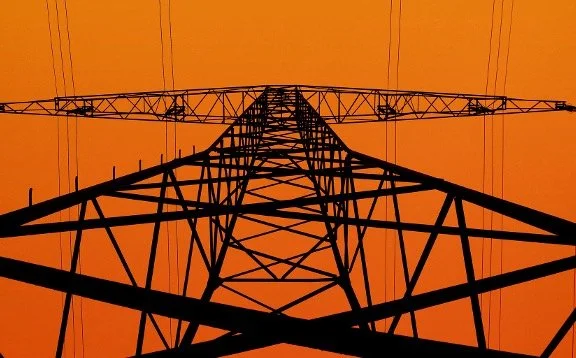Eight years ago in 2015, I published “Britain and the World in 2050,” setting out my predictions for the world ahead of us. It was widely covered in the media, with journalists going to town on the recreated woolly mammoths and dinosaurs, not revived from mosquitos preserved in amber, but by back breeding and genetic manipulation of flightless birds.
Some also picked up and covered my remarkable prediction that the cost of energy would have dropped dramatically by 2050. I wrote:
“Energy costs will by 2050 be a fraction of their present-day costs. For most consumer uses, energy will be effectively free.”
The cost of energy has witnessed several spikes since then, and is now more expensive than it was. Partly this is down to the Russian invasion of Ukraine, with some contribution made by a go-green agenda that shuns the cheaper sources in favour of more expensive ones.
Nonetheless, I remain convinced that my prediction will come about. The fossil fuel we’ll still be using will be gas, but nuclear will take a larger share, particularly with the new small reactors coming on line. Solar will be making a major contribution, as ways are found to increase the efficiency of photo-voltaic cells by combining ultra-thin surfaces on the silicon.
There are several new technologies that could be game changers. There are vast reserves of natural hydrogen beneath the Earth’s surface, more than previously supposed, and more accessible.
The US Geological Survey concluded in April that there is probably enough accessible hydrogen in the earth’s subsurface to meet total global demand for “hundreds of years”. Currently, the effort to extract it commercially resembles the early days of fracking, with ‘wildcatters’ setting the pace. It portends cheap and clean generation of electricity, bypassing fossil fuels and emitting no greenhouse gases.
Another possible technology involves the use of thin layers of materials flecked with nanoholes. The pores are essentially small enough (100nm) that the molecule's electrical charge can pass through them and be harvested to generate electricity. Water molecules pass through, generating a charge imbalance that produces harvestable electricity plucked not from thin air, but from naturally moist air.
The device is called an Air-gen and can operate at all times despite the weather conditions because moisture is always in the air. When scaled up, it offers low-cost, clean electricity.
A newer technology from scientists at the University of Rochester uses semiconductor nanocrystals for light absorbers and catalysts and bacteria to donate electrons to the system. The system is submerged in water and driven by light. Bacteria interact with nanoparticle catalysts to make hydrogen gas more cheaply than can be achieved by electrolysis.
It is not that any of these might necessarily be the magic bullet that gives us cheap, clean energy. It is that some of them, in combination with yet more ingenious ways still to be developed, will give us the energy we need at a price we will be prepared to pay. And that price will be very low. We won’t use less energy; we’ll just produce it more cleverly.

